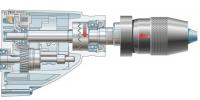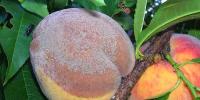How to make a homunculus? Interesting facts about homunculi and the history of its occurrence. Photo and video lessons
If now a scientific and industrial breakthrough in all spheres of human life is taken for granted, in the Middle Ages even a small discovery received a lot of admiring applause. Scientists in their hard work, received results that were ahead of their time. Medicine and the study of living organisms are the main areas of research that the doctor from Switzerland was engaged in Paracelsus. The famous experience by which this alchemist in 1534 artificially created a living being - homunculus. This discovery put his name on the list of the most talented researchers of that era. Read below for information on how to make a homunculus, that is what this organism was called, at home and how to care for it.
How to grow a homunculus
Are you intrigued and want to create a "little man" of your own? First, let's dive into the theory and talk about how Paracelsus and his follower Count von Kuffstein created their homunculi.
Recipe of Paracelsus(the first experiment was made in 1534):
- Place the male seed in a retort or cork.
- Place the vessel in a warm and dark place (the alchemist used horse manure for the experiment, which he poured with a special liquid).
- After 7-10 days, remove the plug from the manure.
- The resulting organism is fed with human blood.
- After 40 days, the growth of the creature reaches 30-32 cm, and the homunculus is able to recognize its creator.
Count von Kuffstein's recipe(the first experiment was made in 1775):
- The male semen is placed in bovine fat and then in a jug.
- For 20 days, the vessel is buried in horse manure.
- Within three weeks, the dung should be watered with hot water (feces begin to ferment and have an average temperature of +15 ⁰С).
- Dig pitchers out of manure. At this stage, the homunculi range in height from 19 to 21 cm (the Count himself has successfully grown 10 homunculi).
- With proper care and nutrition, creatures reach a height of up to 35 cm.
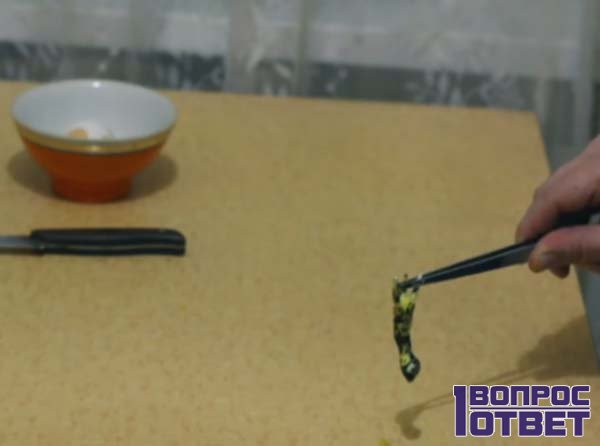
How to make a homunculus at home
The general idea of how to create a domestic homunculus for yourself is a simple principle: the seed from the male takes the strength of the female egg. Based on this, we can conclude that a homunculus at home can only be obtained from an egg (you can read the full instructions below).
There is another way. It does not require complex devices that scientists use in genetic engineering, so this method can be categorized as "at home":
- A cow or sheep is artificially inseminated.
- The female is sung with the blood of another animal.
- After 3 weeks, the cow is killed, and the small fetus is placed in a vessel with the mother's blood.
Impressed? We want to upset - most likely, this information is not true. And the text was taken from the memoirs " cow book”, which were written in the 12th century in one of the Arab countries.
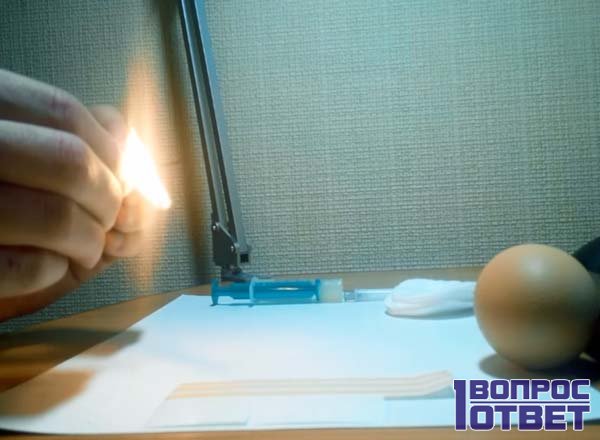
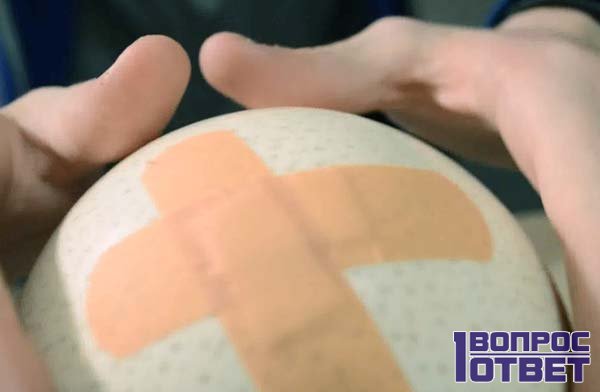
In this video clip, Anton will conduct a short video tutorial in which he will show the process of creating a homunculus from an ostrich egg, and will give useful practical advice:
Homunculus from a chicken egg
Here we come to the most interesting - creating a homunculus from a chicken egg. In a chicken egg (although in fact any material is suitable for this method - from quail eggs to ostrich) has all the necessary substances necessary for the successful development of the future organism.
So what we need:
- Chicken egg (attention, the egg must be freshly laid, and the chicken was kept separate from the rooster).
- Male seed (the basis of the future homunculus).
- Syringe (for introducing the seed into the yolk).
- Thick fabric.
- Alcohol (to disinfect the surface of the egg and syringe needle).
A step-by-step recipe for creating a homunculus from a chicken egg:
- Preparing the seed.
- Make a small hole in the egg shell. We inject sperm with a syringe (fertilization).
- We seal the hole with tape (to avoid replenishment of harmful bacteria to the fetus).
- We place the egg in a tightly closed dish, which we wrap with a cloth.
- The resulting “package” is placed in a warm environment (in winter, a central heating battery is ideal for this) for a period of 5 days to 2 weeks.

Creature details
A homunculus obtained from an egg can have a different mass, size and shape. It all depends on the genetics of a particular person. Yes, yes ... after all, the resulting creature is your "continuation".
Let's take a closer look at all the information that is useful for caring for the "little man":
- Many believe that the creature is asexual. This is not true, and like humans, they have different gender characteristics.
- In the body are full-fledged physiological processes. Homunculi sleep, eat food, etc.
- There are elements of ingenuity and intuition in the behavior.
- Not too developed, but present, the nervous system and muscle mass.
- There is no discomfort from both street light and any other lighting device.
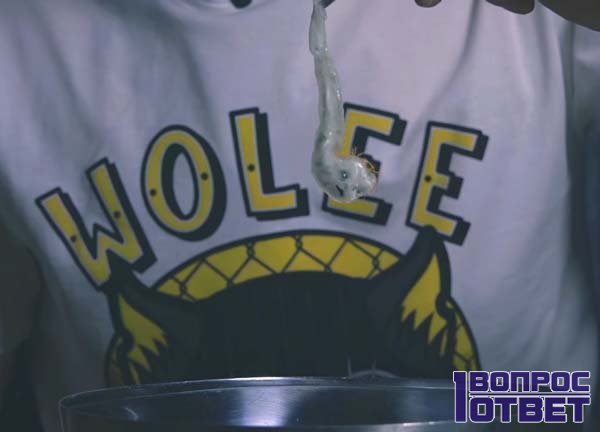
How else did they try to make a homunculus in ancient times
From time immemorial, people have wanted to artificially grow a living organism that has signs of intelligence. Now scientists are successfully cloning animals.
In the near future, with the help of the DNA of the remains of the organism, it will be possible to grow extinct species of plants and animals. Consider, how homunculi were grown in ancient times:
- Mandrake. The shape of the root of this plant always has an unusual shape. In his form, one could easily see parts of a person - legs, arms and head. Different peoples had various potions and spells that could turn the mandrake root into a living being.
- horse hair. The mare's hair breaks out and rubs near the genitals (all this must be done during estrus). The hair was thrown into a jug of water and placed in a dark and inaccessible place. After 10 days, a small creature resembling a small worm will float at the bottom of the vessel.

- The first homunculus was grown in Switzerland in 1534 by the physician and philosopher Paracelsus.
- There are many fairy tales and stories in the world related to small creatures that were born outside the box:
- Tom Thumb- from a cabbage stalk.
- Thumbelina - from a flower bud.
- Kotigoroshko - from a pea .
- In Goethe's most famous tragedy "Faust", Mephistopheles creates a small man - a homunculus - in a flask in the laboratory.
- During the Second World War, Hitler dreamed of creating an obedient creature capable of killing the enemy. After the war, the American leadership took scientists to Argentina, where research continued. The fruits of labor became the basis of a new science - transplantology, thanks to which the possibility of transplanting human organs appeared.
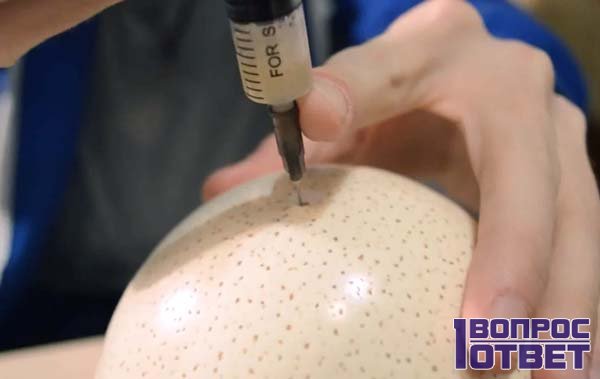
Having learned how to make a homunculus, the most curious will repeat the experience, and we are sure they will get a positive result.
For the rest, who doubt this fantastic idea, we want to inform you that the followers of Paracelsus were both in the Middle Ages and the Renaissance, and they still exist in our time.
But many now think that this is all fake, the link is an article with the rationale for this.
Video lesson: making a homunculus from an egg
In this step-by-step video tutorial, the famous alchemist Arkady Mamontov will tell and show how to grow a homunculus in a chicken egg from his seed, what you need for this:



